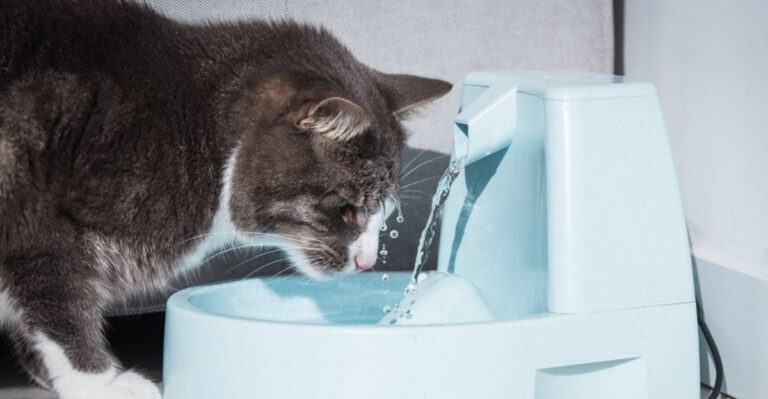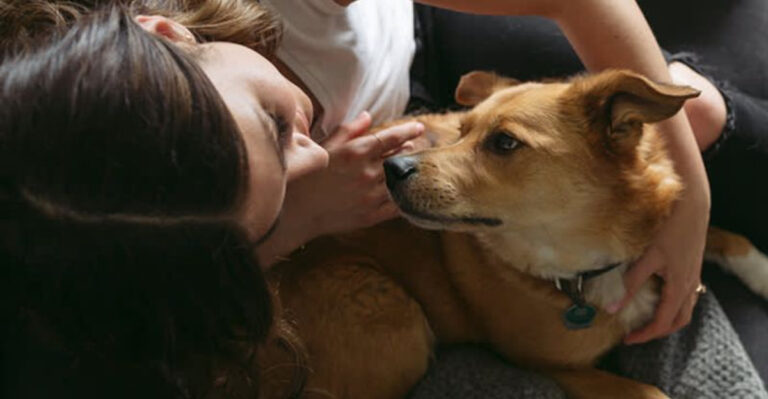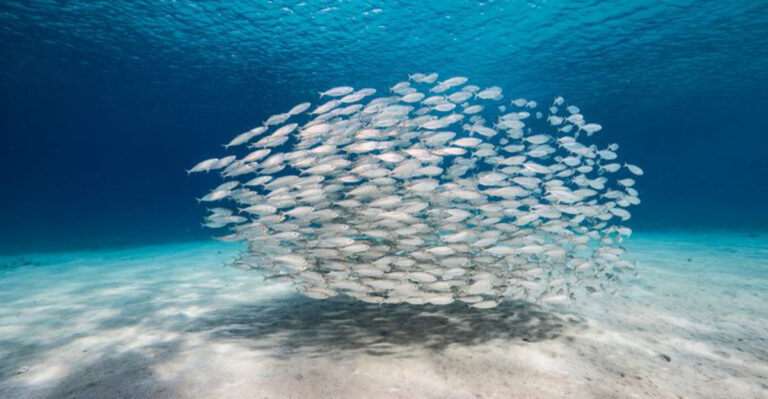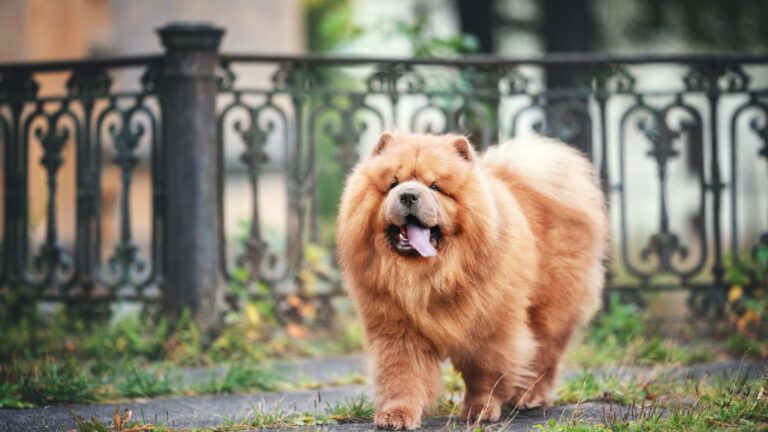15 Ways To Stop The Alarming Decline Of U.S. Bird Populations
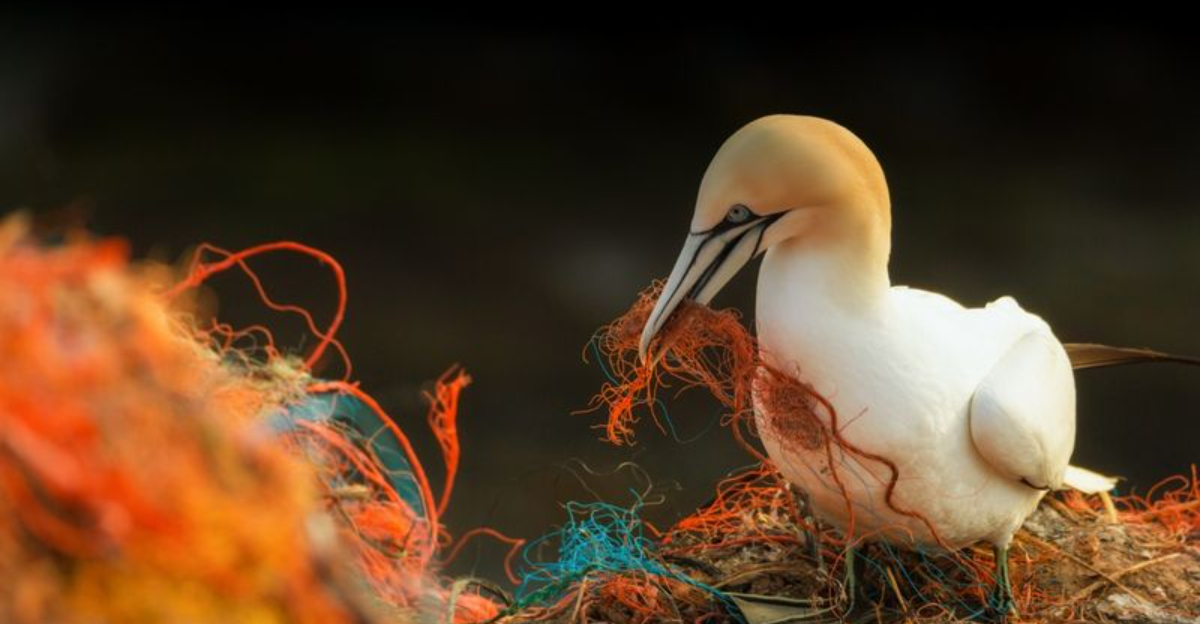
Our feathered friends are vanishing at an alarming rate, with North America losing nearly 3 billion birds since 1970.
This silent crisis affects not just wildlife enthusiasts but entire ecosystems that rely on birds for pollination, pest control, and seed dispersal.
The good news? We all can take simple yet powerful actions to help reverse this trend.
1. Make Windows Bird-Friendly
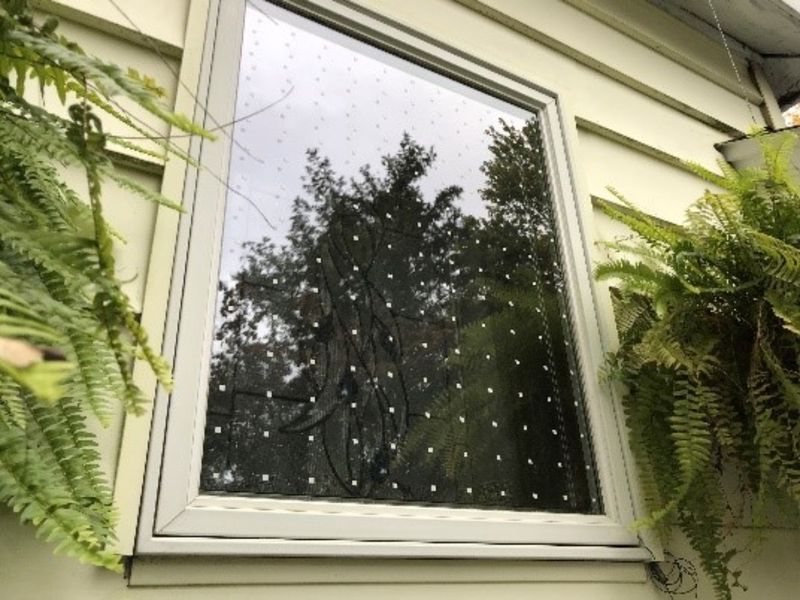
Imagine flying full-speed into an invisible wall! Birds can’t see glass and millions die yearly from window collisions.
Apply special decals or screens that break up reflections without blocking your view. Even hanging strings of beads or using window films can transform deadly glass into visible barriers that birds will avoid.
2. Keep Cats Indoors
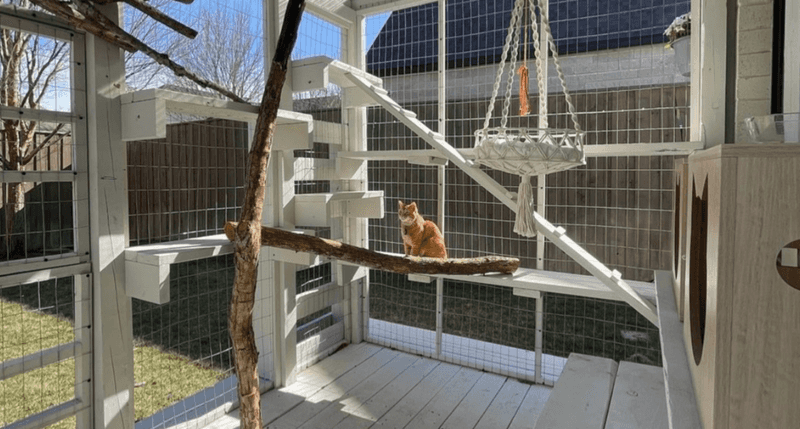
Those adorable feline hunters are actually devastating wildlife assassins! Outdoor cats kill approximately 2.4 billion birds annually in the U.S. alone.
Creating enriching indoor environments with perches, toys, and window views keeps cats stimulated while protecting birds. Consider a ‘catio’ – an enclosed outdoor space that satisfies your cat’s outdoor cravings safely.
3. Plant Native Gardens
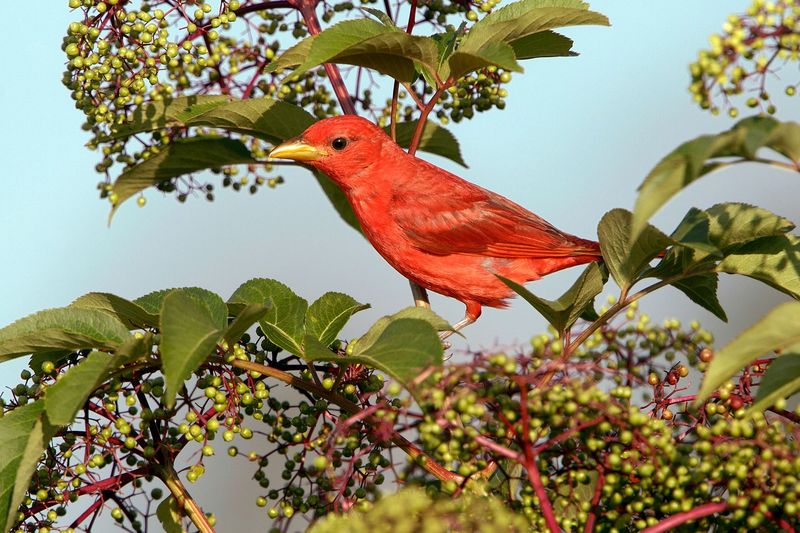
Foreign plants might look pretty but offer minimal support for local birds. Native plants evolved alongside local birds, providing exactly what they need to thrive.
Replace portions of your lawn with native flowering plants, shrubs, and trees. Even small native patches create bird buffets full of insects, berries, and seeds while requiring less water and maintenance than exotic ornamentals.
4. Reduce Pesticide Use

Bug zappers might seem helpful, but they’re actually bird zappers in disguise! Pesticides kill the insects birds need to feed their young and can poison birds directly.
Switch to natural pest control methods like companion planting, beneficial insects, or manual removal. If you must treat, use targeted, organic options and apply them when and where birds are least active.
5. Provide Fresh Water Sources
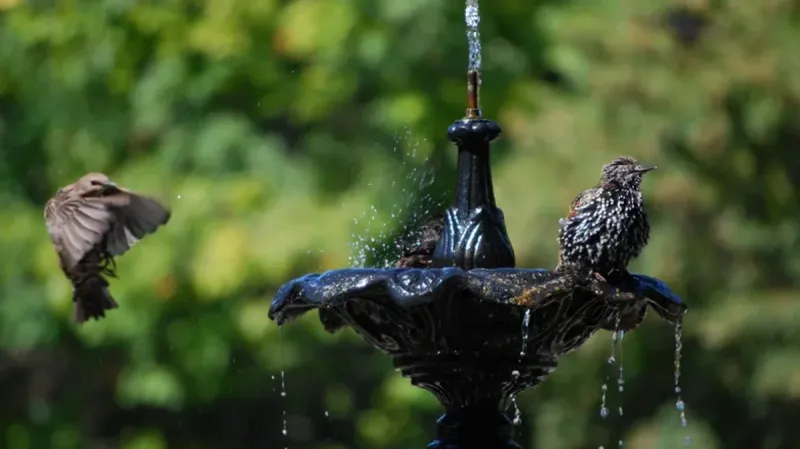
Water is bird gold, especially during hot summers and freezing winters when natural sources disappear! A simple birdbath can support dozens of species.
Install a shallow basin with rough surfaces for good grip and gradually sloping sides. Keep it clean and fresh, adding a solar bubbler to prevent mosquitoes and attract more birds with moving water sounds.
6. Support Bird-Friendly Coffee
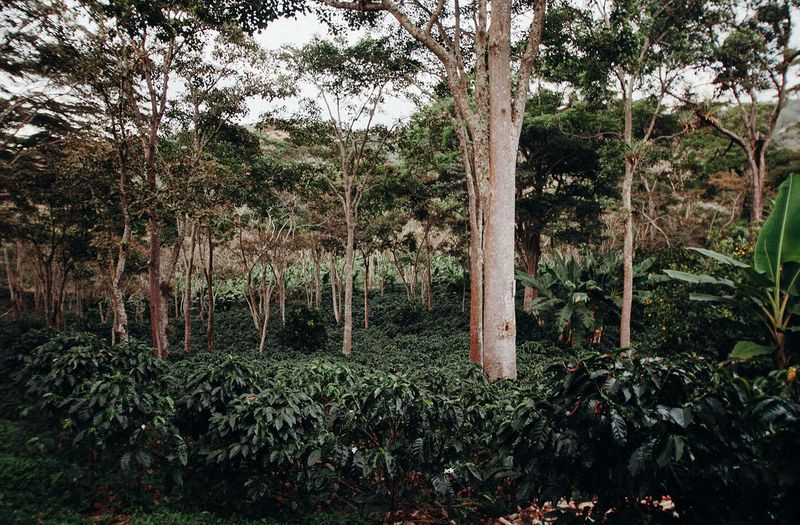
Your morning brew could be killing winter habitats! Many coffee plantations clear-cut forests where migratory birds spend their winters.
Look for “Bird Friendly” certification from the Smithsonian or “Shade Grown” labels. These coffees grow under forest canopies, preserving critical habitat while often tasting better due to slower, more natural growing conditions.
7. Join Community Science Projects
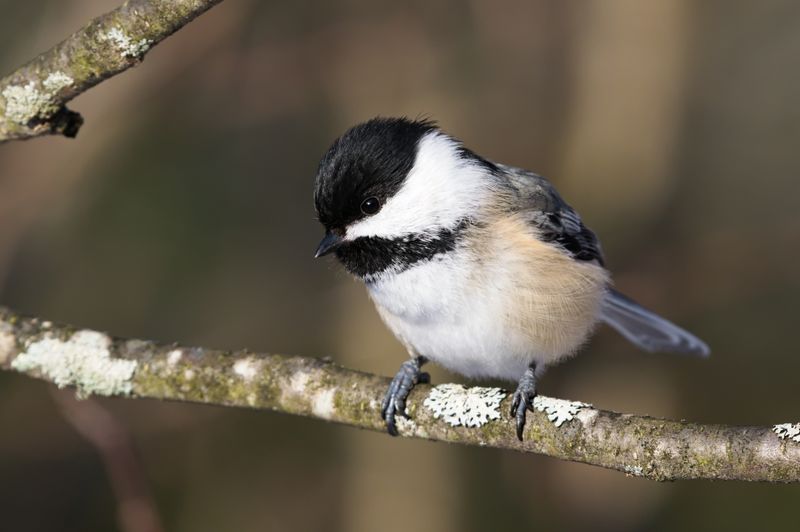
Grab your binoculars and become a bird detective! Scientists need eyes everywhere to track bird populations and spot problems early. Participate in programs like the Christmas Bird Count, Project FeederWatch, or eBird.
Your observations, even from your backyard, contribute valuable data that help researchers understand population trends and develop effective conservation strategies.
8. Create Brush Piles
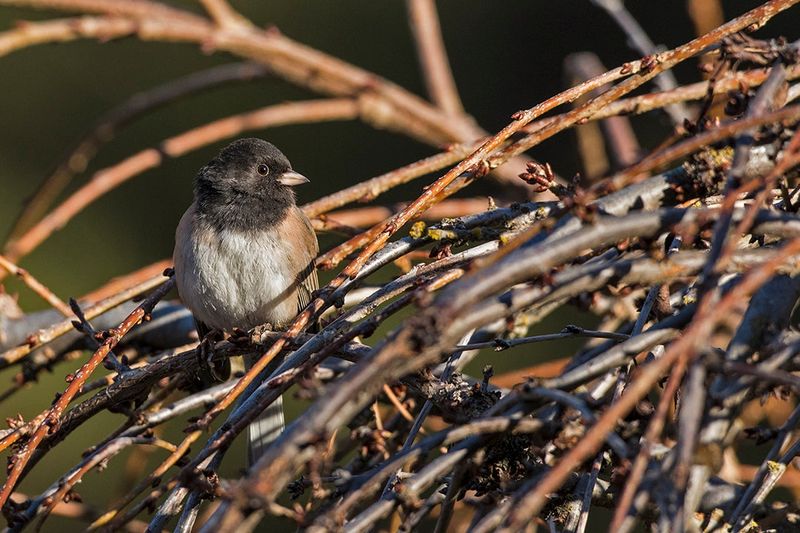
Don’t toss those yard trimmings! One person’s yard waste becomes a bird mansion with minimal effort.
Stack fallen branches, pruned limbs, and garden debris in a corner of your yard.
These natural structures provide shelter from predators and weather while hosting insects for birds to eat. Bonus: they’re also great for beneficial garden wildlife like toads!
9. Install Nest Boxes
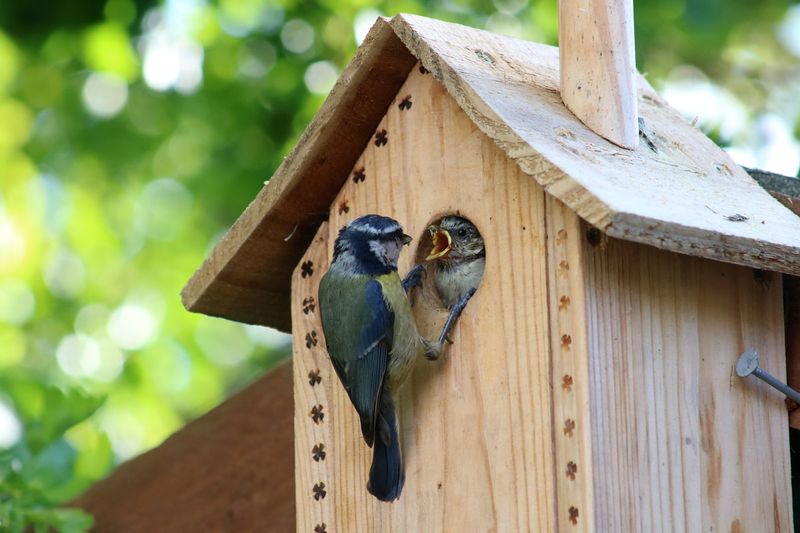
Housing shortages affect birds too! Natural tree cavities are disappearing as old trees are removed from landscapes.
Install species-specific nest boxes to help cavity-nesting birds like bluebirds, chickadees, and wood ducks. Each species needs specific dimensions and placement heights. Clean boxes annually during fall or winter to prevent disease spread.
10. Advocate For Bird-Safe Buildings
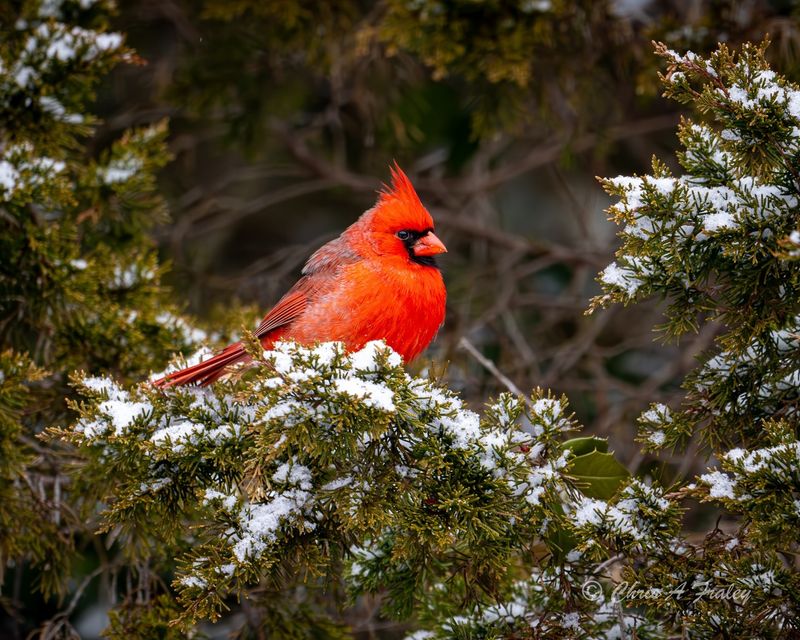
Skyscrapers shouldn’t be bird blenders! Up to a billion birds die yearly from building collisions in the U.S.
Support policies requiring bird-friendly design in new construction.
Simple changes like patterned glass, reduced night lighting, and avoiding transparent corridors can save millions of birds. Contact local officials about implementing bird-safe building standards in your community.
11. Reduce Plastic Pollution
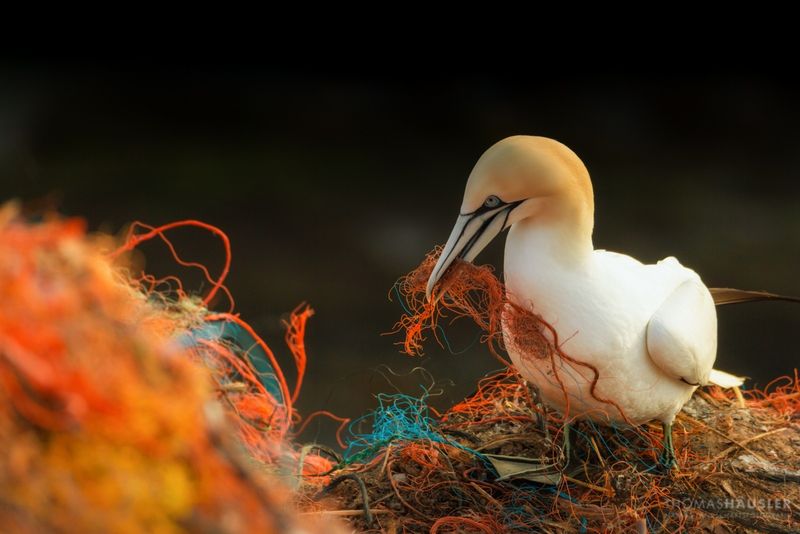
Bottle caps and six-pack rings become deadly traps! Birds mistake plastic for food or nesting material with catastrophic results.
Cut rings before disposal, secure trash lids, and participate in cleanup events. Replace single-use plastics with reusable alternatives and properly recycle what you can’t eliminate.
12. Support Conservation Organizations
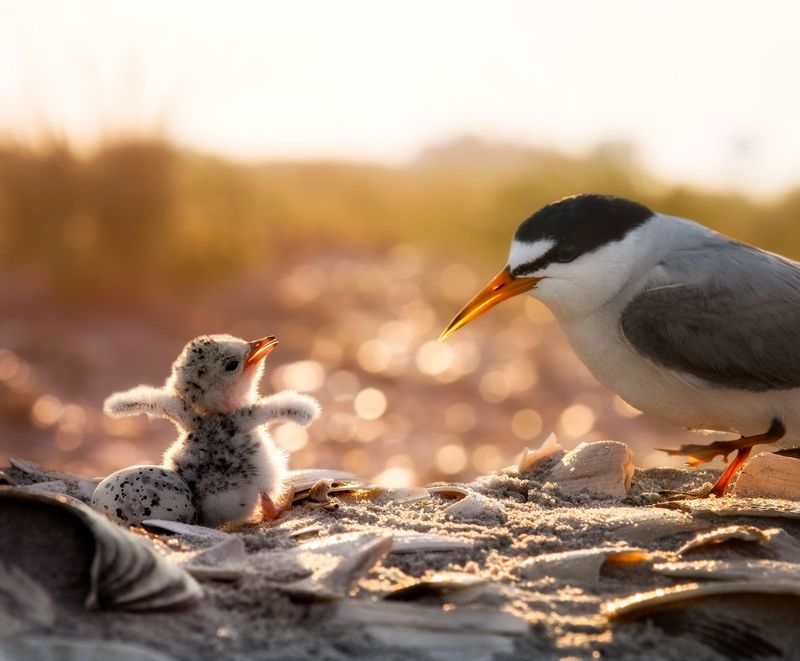
Bird heroes need your help! Organizations fighting to protect habitats and species rely on public support to continue their work.
Join groups like the Audubon Society, American Bird Conservancy, or local bird clubs. Your membership fees and donations fund habitat protection, research, and education programs.
13. Choose Bird-Friendly Renewable Energy
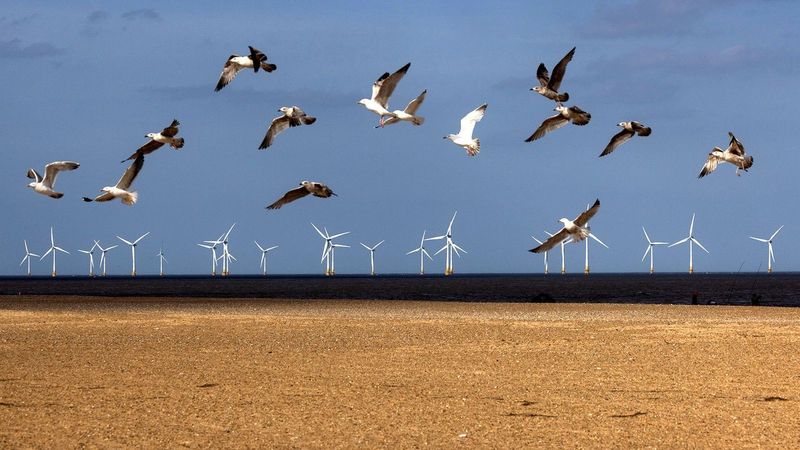
Clean energy shouldn’t come at birds’ expense! Poorly placed wind turbines and solar facilities can harm bird populations.
Support renewable energy developments that incorporate bird-safe designs and siting practices. Advocate for transmission lines with visibility markers and wind farms away from migration routes.
14. Keep Feeders Clean And Safe
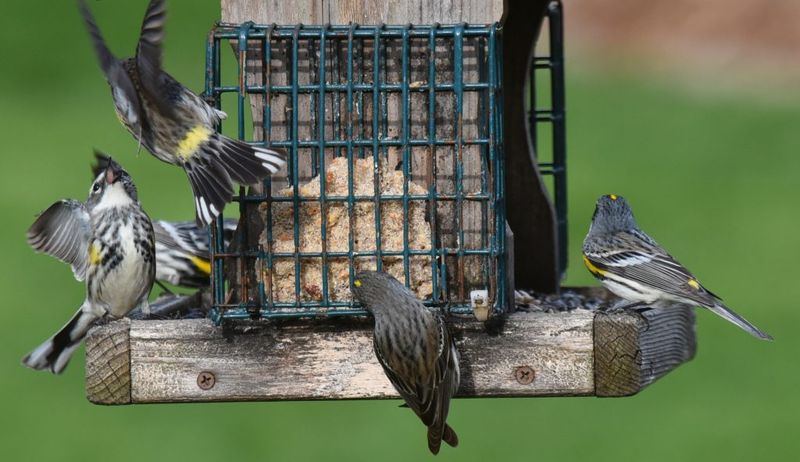
Dirty bird buffets spread deadly diseases! Moldy seed and crowded feeders can turn backyard bird feeding into a health hazard.
Clean feeders regularly with a 10% bleach solution, rinse thoroughly, and allow to dry completely. Position feeders to avoid window collisions and predator ambushes.
15. Protect Grasslands And Wetlands
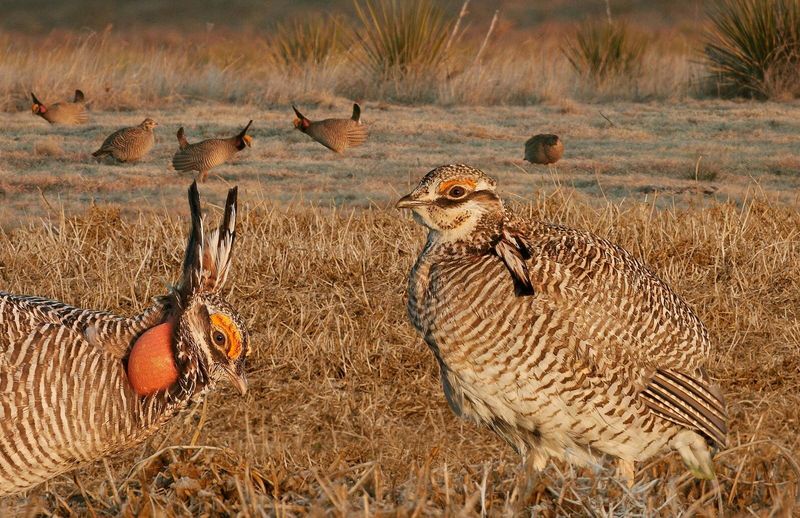
These vanishing ecosystems host unique bird species found nowhere else! Grassland birds show steeper declines than any other habitat group.
Support conservation easements that protect these critical habitats from development. Volunteer for restoration projects that remove invasive species and replant natives.

